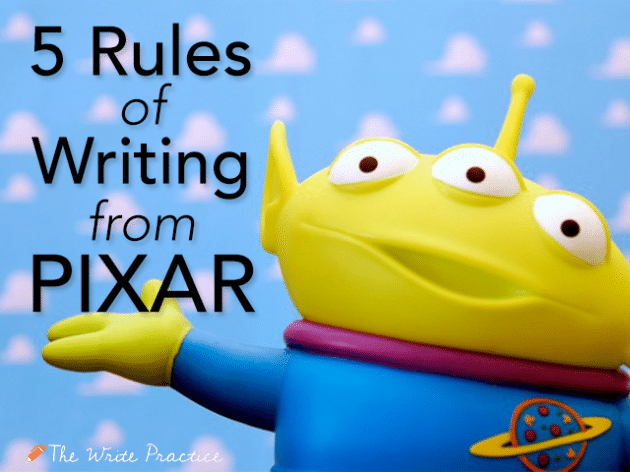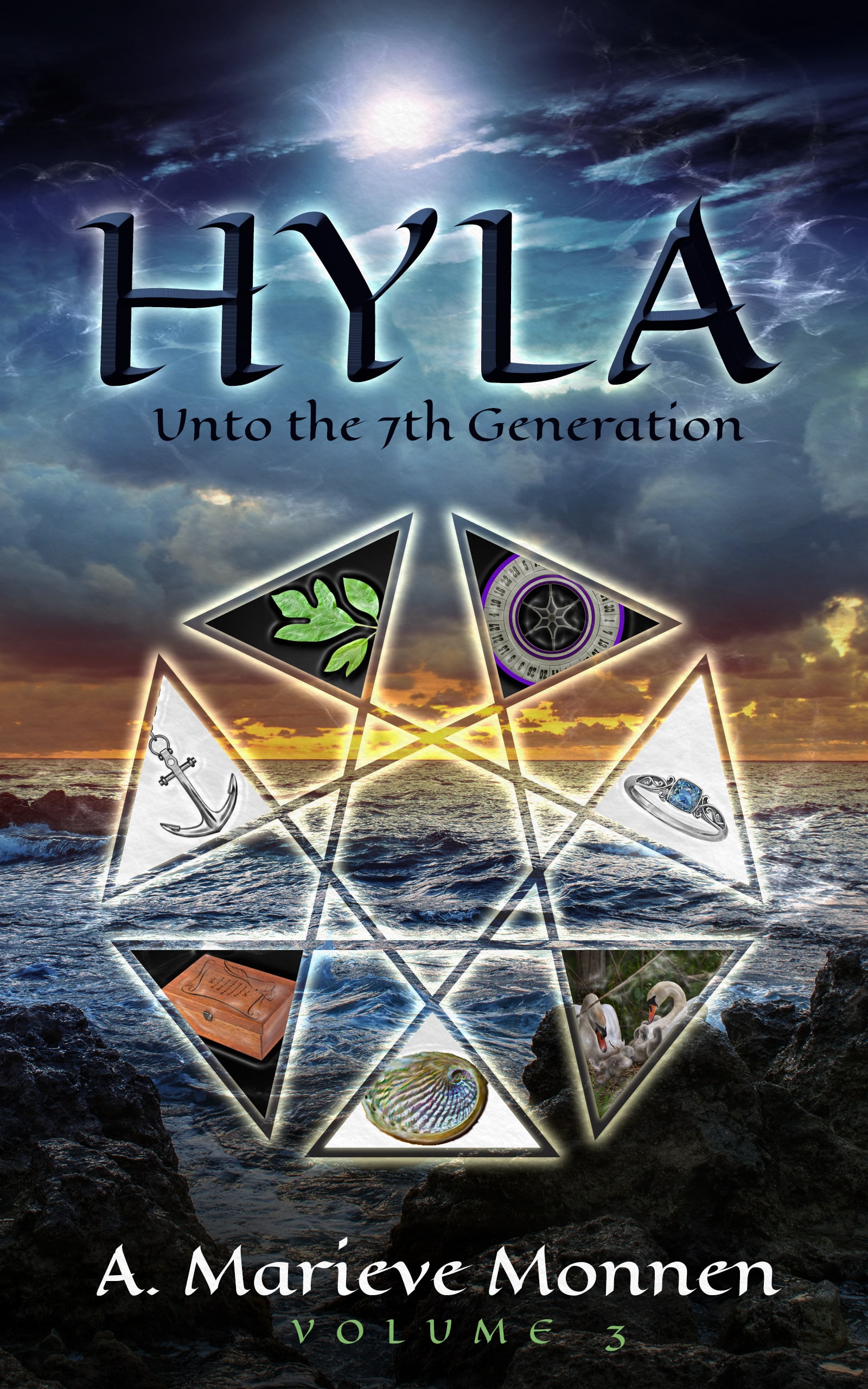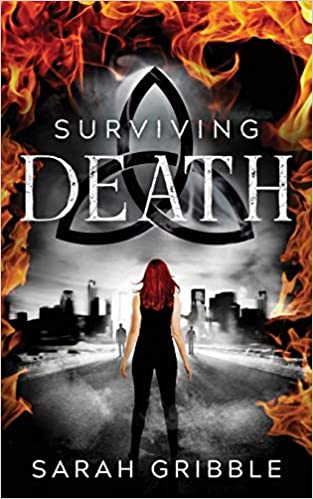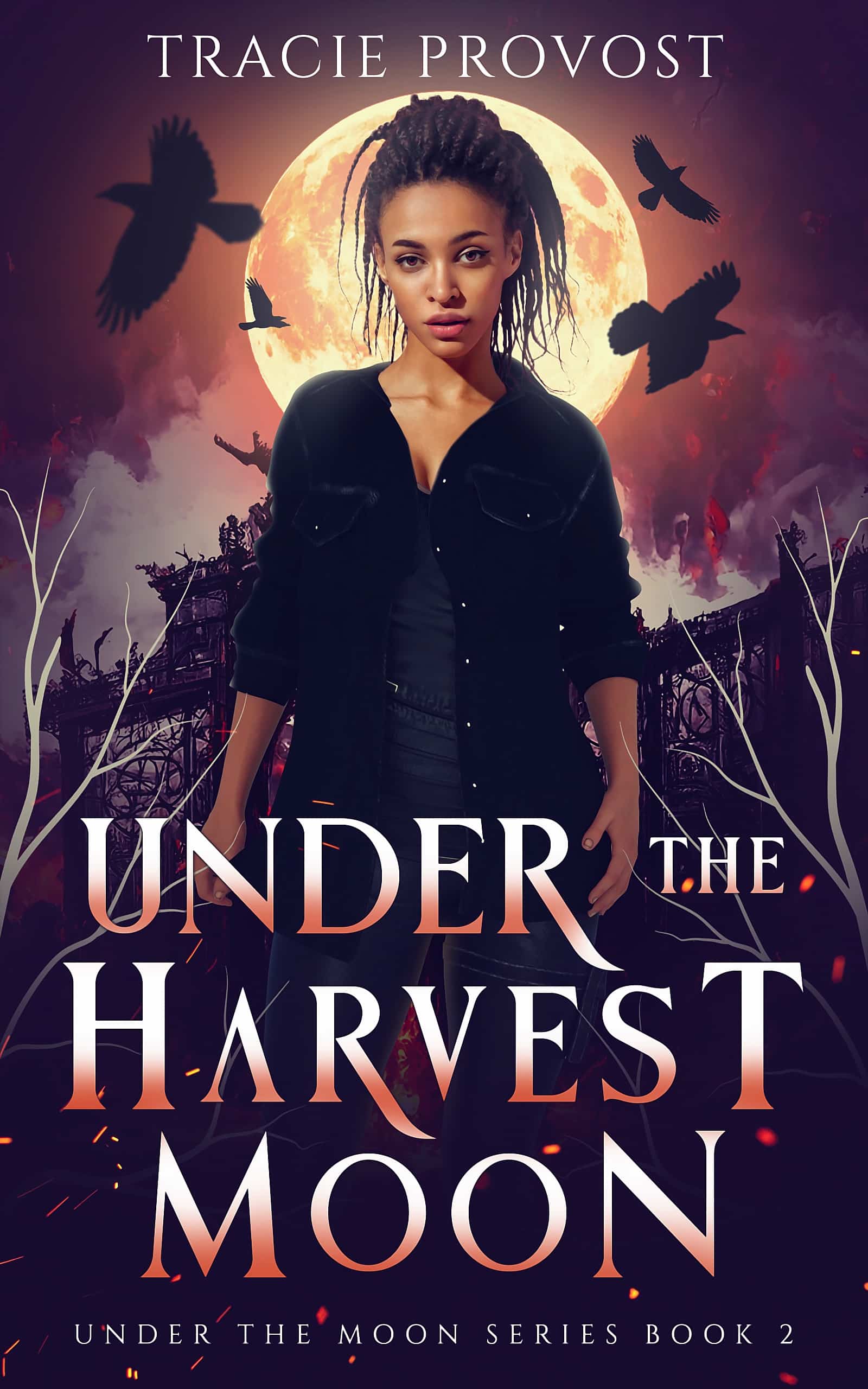I love Pixar. There hasn’t been one movie they made that I didn’t like. My family goes to see the new Pixar movie every summer right after it comes out.
So when I saw this picture on Pinterest sharing Pixar’s twenty-two rules of storytelling, I saved it right away, and I go back to it constantly for inspiration.
Pixar's Writing Rules
With that in mind, I thought I’d share a few of my favorite rules with you. Here are my five favorite writing rules from Pixar:
1. You gotta keep in mind what’s interesting to you as an audience, not what’s fun to do as a writer. They can be very different.
While you might enjoy going deep into the history of the home your character’s living in or write an entire chapter from the cat’s point of view, the reader might not care. They might even get bored. Read everything you write like someone else wrote it. Pretend it’s a book you found stashed away at the library. Would you keep reading it? Is it interesting? Do you care?
2. Putting it on paper lets you start fixing it. If it stays in your head, a perfect idea, you'll never share it with anyone.
This is one I struggle with.
Even though I recognize how extremely important it is to edit, I can’t deny that I hate it.
Which is why I often end up getting stuck and refusing to move on, because I can’t think of a good way to progress the story without having to fix it later.
Of course this is ridiculous, but sometimes I need a reminder that it’s okay to write fast and write messy. Otherwise nothing would get done.
3. Discount the 1st thing that comes to mind. And the 2nd, 3rd, 4th, 5th—get the obvious out of the way. Surprise yourself.
My characters surprise me all the time. If I have something planned for them, they usually change it.
They lead me on the journey instead of the other way around, and the story ends up better because of it. Plus, this is a great way to avoid clichés.
Usually the first thing that comes to my mind has been done a thousand times before, which is why going for a little detour is sometimes the best thing you can do for your story.
4. No work is ever wasted. If it's not working, let go and move on—it'll come back around to be useful later.
I can’t tell you how many novels I’ve started and ended up stopping halfway through. It can be discouraging. I had such a great idea to start out with, only to find that it came to a dead end, or I’d only thought of the idea because I’d read a book exactly like it not too long ago.
But, you should never ever ever throw it away. Ever. I’ve turned many of these novels into short stories, and they turn out much better. I’ve borrowed characters from one world and thrown them into another. Plot twists that may seem obvious in one book throws your readers for a loop in another.
Read some of your old work, take it apart and create something new, something unique. It’s so much fun.
5. Why must you tell THIS story? What's the belief burning within you that your story feeds off of? That's the heart of it.
How did you get this idea in the first place? Did it come to you in a dream? Is it based on something that happened to you years ago? Did the protagonist start talking to you and refused to go away?
Go back to that initial excitement, that new story buzz. You know the feeling. We’ve all had it at some point. The burning anticipation that distracts you from your current project because it’s demanding to be written. Go back to that. Let that excitement seep into your story. The readers will feed off of it. It’s infectious. That’s what makes your story special. That’s why you’re writing it.
What are some of your favorite rules of storytelling? What’s the best piece of advice you’ve ever received about writing? Share in the comments!
PRACTICE
Pick one of the above rules and put it into action for fifteen minutes. The story can be about whatever you’d like, as long as it applies to that rule. When you’re finished, if you want to, post it in the comments. Be sure to give your fellow writers some love, too!
The Magic Violinist is a young author who writes mostly fantasy stories. She loves to play with her dog and spend time with her family. Oh, and she's homeschooled. You can visit her blog at themagicviolinist.blogspot.com. You can also follow The Magic Violinist on Twitter (@Magic_Violinist).




Young lady, you ROCK! #HUGSSSSSSSSS
I can create 10 quotable quotes from your one article. You have a gift, and I hope you always honor your bone-deep passion – along with your enviable talent – for writing <3
Much love
Kitto
Wow, you just made my day! 🙂 Thank you so much for your comment!
I think my favorite writing rule is to read and write every day, probably because it’s one of the few writing rules I can stick to right now. It gives you the tools and chance to improve your trade, and that’s what matter, I think. Anyway, I liked the personal anecdotes you shared relating to your own writing. Fun read!
That’s always a great one. 🙂 Probably the most important one, too. It’s easy to get sucked into the nitty gritty and forget the roots of storytelling. Thanks for commenting!
This is following rule 2. A story that’s been stuck in development hell in my head for two and a half years. I tried to write a scene, any scene, with my protagonist just to put it down on paper. As things often go, it took me 7 minutes to write a first draft of this scene and 20 minutes to edit it. Would appreciate your thoughts!
I looked up from my books at the sky above. It was a beautiful summer day, the kind of day perfect for picnicking, for taking long walks over the hills, for simply revelling in the glory of life. And here I was, poring over my books.
I should not complain. Peace was what I had dreamed of for so long. How many times back Before had I once longed to abandon my destiny and simply be a normal girl going to a normal school? And yet there would be times, as I read a chapter or listened to the teacher speak in class, where a sudden memory from Before would intrude – of me wielding my brush to perform far greater acts than simply completing my assigned homework.
A little boy ran into sight. He was playing with his kite. I followed the silhouette of its string. It trailed into the sky, higher, higher, farther up in the heavens than I could have thought possible. The boy was tenderly caressing his kite string, as though it were the most important thing in the world.
See, this is why you fought, Kaoru, I told myself. So that children like him would have a happy childhood. The childhood you never had.
And suddenly, the kite plummeted. As though it had been hit by a bullet. Or – by something else? Gedoushuu! My mind cried. All my senses were immediately on high alert. Where was it? What would it be doing here, after all these years? Could I –
But nothing happened. The boy ran to his fallen kite and started fussing over it. No cries of alarm, no sounds of chaos, no telltale crack in the ground. Not Gedoushuu, after all? No. Nothing more than a drop in the wind.
That, at least, could easily be fixed. I raised my brush. You were gifted with these powers to protect the world, Tanba’s voice nagged in my head. Not to use them for frivolous purposes. I smiled slightly; as much as Tanba had changed for the better after the war, he would surely still disapprove of what I was about to do.
With strokes so small they could hardly be seen, I inscribed the character for kaze. Wind. The character shimmered faintly in the air. Then –
A wonderful fresh breath of spring. Hair blew, trees rustled, and the kite soared into the air once more. The boy chased after it, the delight on his face evident even from where I sat. I smiled to myself. This is why I fought indeed.
Wow, two and a half years with a story stuck inside your head? I’m glad you finally worked up the courage to start writing. 🙂 There’s nothing worse than an idea you haven’t put on paper yet.
There’s something mystical about the scene that isn’t quite explained, which I’m definitely intrigued by! You mentioned before that you tried to write a scene, any scene, with your protagonist in it, so I am curious at what point in the book this takes place. It almost seems like the end of your story, and if it is, well done. But if it’s the beginning, I would recommend adding more conflict and tension, something that draws the readers in. Good job!
This is a great article. Thank you so much for sharing this. I’ll refer to this often as I continue to write my novels. Thank you again.
Aww, you’re welcome. 🙂 Glad I could help.
I agree very much with rule number two. It really hits point to one of the things I tell myself while writing to get me going. “You can’t fix a blank page.” Thanks for this wonderful blog post.
Yes, I repeat that to myself all the time. I can be a bit of a perfectionist when it comes to my writing. 😛
My issue with #2 is that I want to edit as I am writing which according to Hillary Rettig in her book The 7 Secrets of the Prolific, is a perfectionist habit that must be broken. The past few days I have been working on not editing, especially misspellings because I am constantly backspacing to correct. It has been difficult fighting with my perfectionism, but I am winning battles and will win the war to become a prolific writer. If I don’t, these voices in my head are going to start over shouting me. I have to get them out.
My mom edits as she writes, too. 🙂 I’ve mostly heard negative things about it, but I know it really does work for some people. As long as it’s not distracting you from being creative and productive and is actually enhancing your writing, I don’t see the problem with it. Everyone has to do what works for them!